Keeping your feline friend happy and healthy starts with a few simple tips—some of which can be incorporated into your cat’s routine right now.
To help your cat live their best furry life, Los Angeles veterinarian Jeff Werber (who owns eight cats himself) offers some helpful advice to pet parents. ″It’s crucial to get off on the right foot with cat care, ″ he says. ″Good daily habits are where it starts.” These tips can help you give your pet the love and care they deserve.
1. Brush Your Cat Every Day
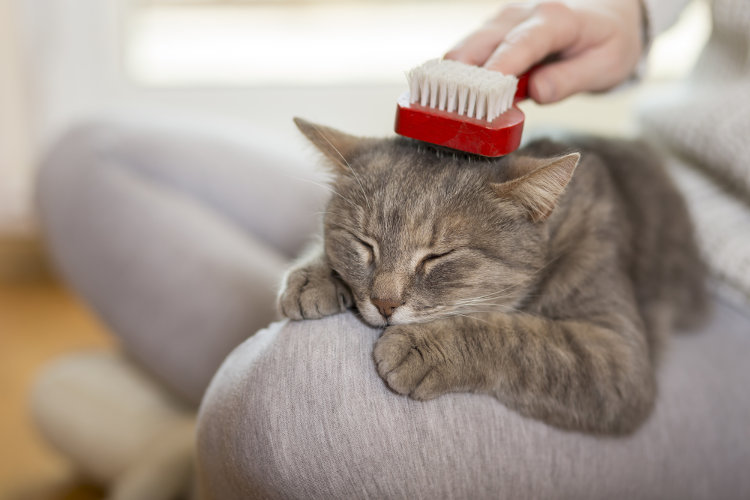
Brushing or combing your cat daily will cut down on the hairballs that can develop in the digestive tract. Because cats spend so much time grooming themselves, some owners may not realize that brushing is something that can help their pet by removing loose hair. Werber says that the key to getting a cat to cooperate with brushing is connecting brushing with happy events. ″Maybe you always brush before a meal,″ he says. ″Then your cat will associate it with something delicious.”
2. Don’t Feed Your Cat Too Much Dry Food
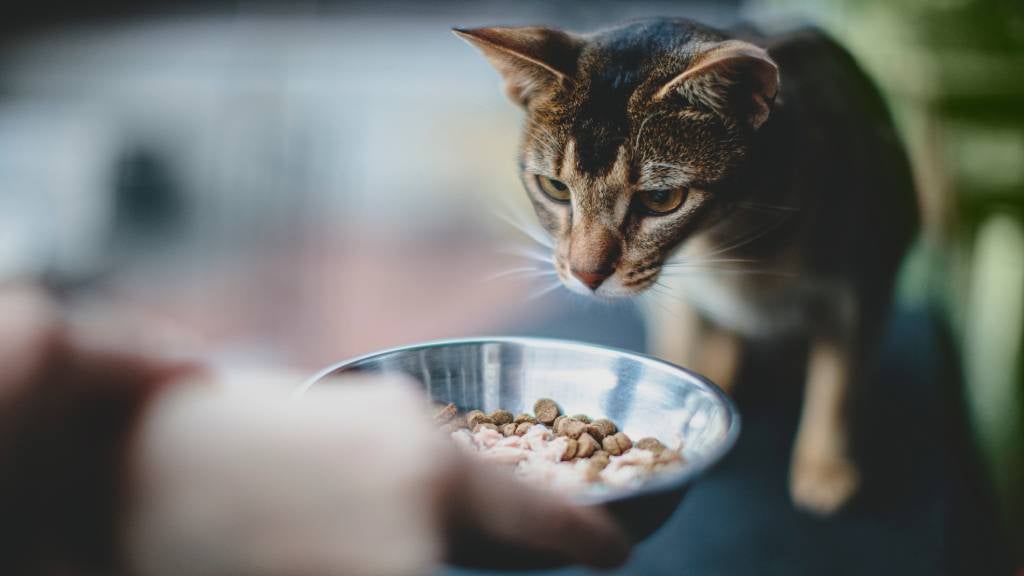
Unlike dogs, cats cannot be vegetarians, even for short periods of time. They rely on meat as the foundation of their diets, and the main meal of the day should always be meat, says Werber. He cautions that exclusively feeding cats dry food diets may mean they consume too many carbs, which can be bad for cats in large amounts. “We see cats developing Type 2 diabetes and growing obese from too much dry food,” Werber explains. If you own both dogs and cats, it can be tempting to treat them the same, but dog food is not good for cats, nor can a cat’s system tolerate carbohydrates the way a dog’s system will.
3. Pay Attention to Your Pet’s Thirst

Today’s domestic cats evolved from desert-dwelling ancestors, meaning felines don’t have the same thirst-drive as dogs. They need to get most of their water from food. Something that a cat might normally eat in the wild—like a mouse—is about 70% water, while canned food is 78% water. Dry food is only 5% to 10% water on average. Give your cat access to fresh water at all time, and you may notice cats drinking more when they are eating more dry food. Elderly and nursing cats can be more prone to dehydration than others, so watch them carefully for such symptoms as sunken eyes, lethargy, and panting.
4. Provide a Sufficient Number of Litter Boxes
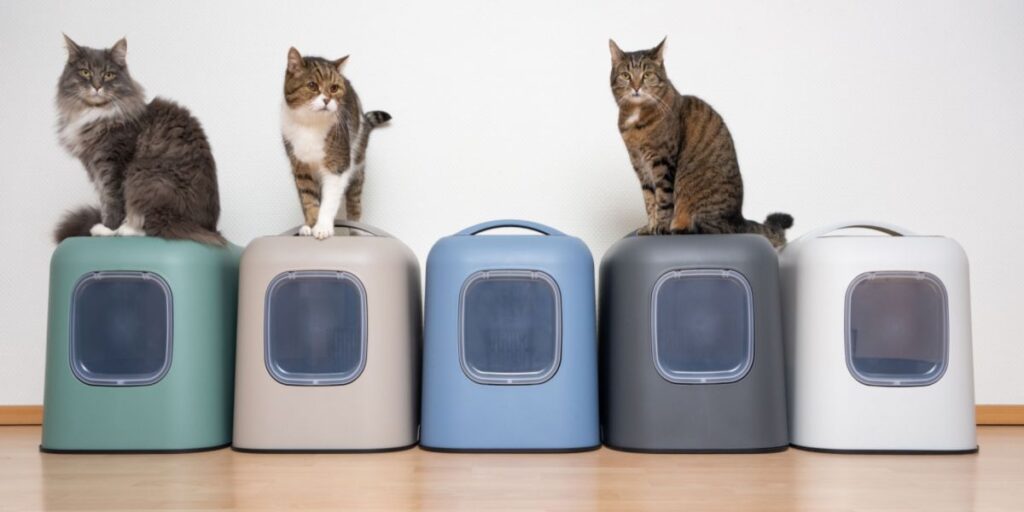
As far as potty places go, Werber says a good rule of thumb is to have one litter box per kitty, plus an additional one. So if you have three cats, you should set up four boxes. You’ll want to think carefully about where those boxes go. While humans love to tuck the boxes in out-of-the-way places, like in a basement or a dark corner, cats may not be willing to use them there. Werber says to think about how it is in nature. ″The animal is in a vulnerable position when performing those functions,″ he says. ″They want to be able to see around them.” For the same reason, your pet may not be willing to use a box with a cover.
5. Don’t Assume You Know Why a Cat Is Peeing Outside the Box
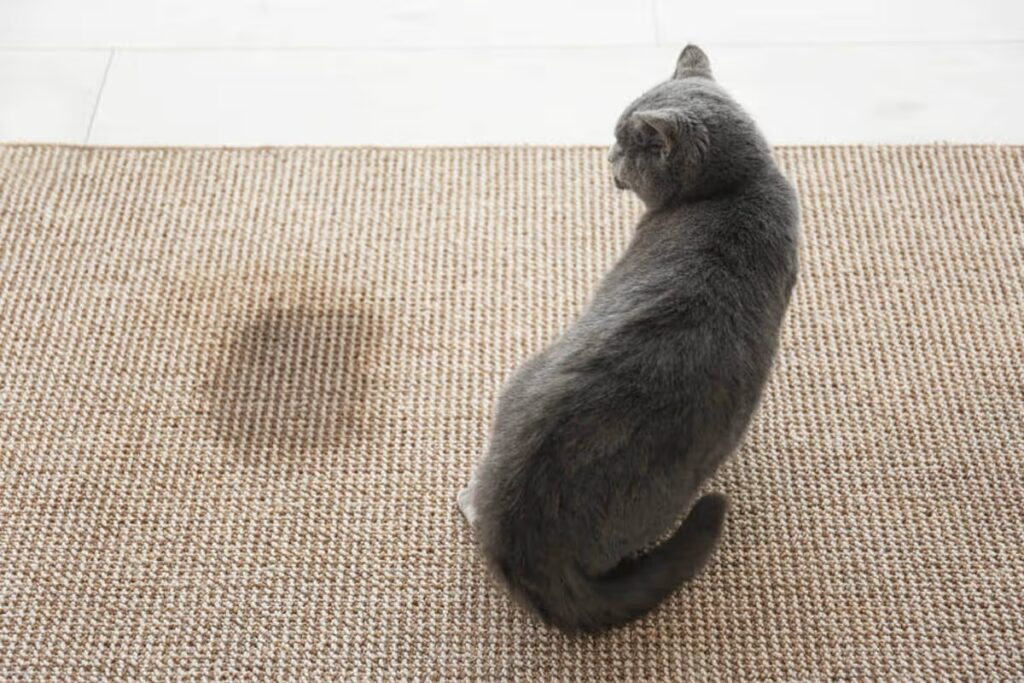
Nothing frustrates a cat owner more than when Kitty eschews the box and pees elsewhere in the house, invariably on a favorite throw rug or new armchair. What would prompt a cat to do this? ″There can be a lot of reasons,″ says Werber, ″and you want to rule out illness first.” Take your cat to the vet to check for a urinary tract infection or other sickness that could be to blame for this new behavior. Once illness is ruled out, make sure that litter boxes are to your pet’s liking. Experiment with different types of litter to find out if there is one brand your pet prefers. Be scrupulous about keeping the box clean: scoop every day. Try changing the location of the litter box to somewhere quieter (away from noisy appliances) or easier for your cat to access.
6. Train Your Cat to Use a Scratching Post
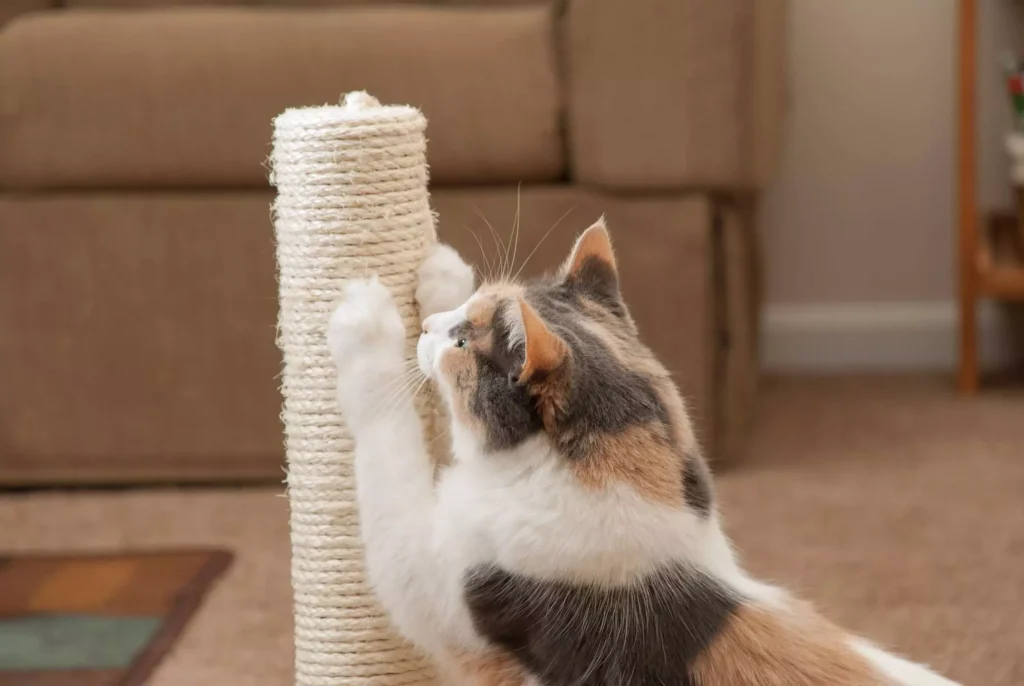
Don’t want your new sofa covered with ripped threads? Teach your cat to use a scratching post so they won’t end up clawing valuable furniture. The mistake many owners make, says Werber, is not knowing that they have to give the scratching post appeal. ″Put it in the center of the room to start,” he explains. (Too many people place it in a corner far from the social action in the household, making it easy for a cat to ignore.) Sprinkle the post with catnip when you first bring it home, the vet advises. You can move it gradually to a less trafficked spot and skip the catnip after you have gotten your pet into the habit of using it.
7. Spay or Neuter Your Cat
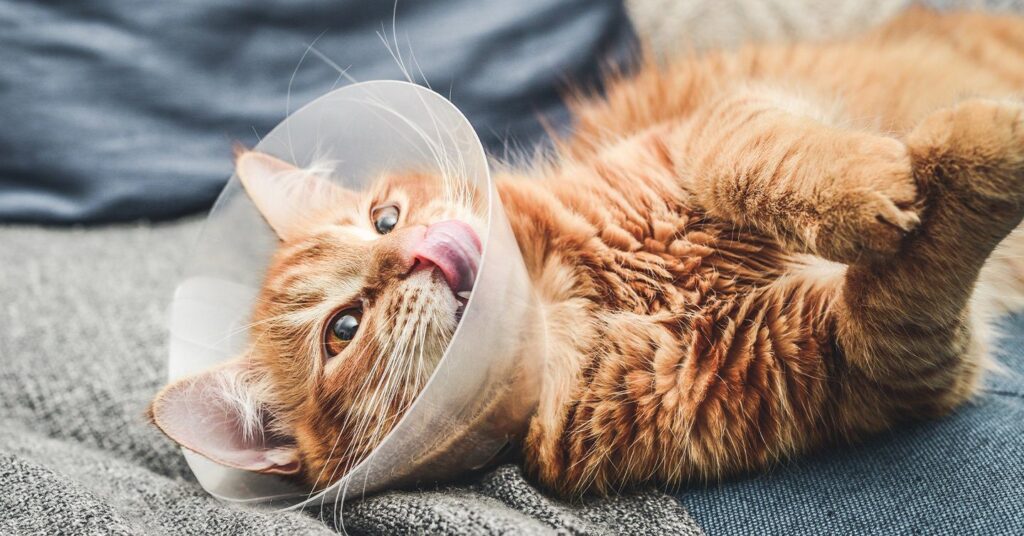
There is nothing more beneficial to your cat long-term than having them spayed or neutered, Werber says. ″Female cats are very uncomfortable when they go into heat,” he adds. Spaying and neutering can help keep your cat safe, too. Because un-altered male cats will fight, they put themselves at risk to transmit diseases through their bites and scratches. The situation is not much better for female cats, either. Female cats can become pregnant as early as four months old, and mating and birthing multiple litters of kittens can be very stressful for them—not to mention the stress owners deal with when they go into heat. And because there are hundreds of thousands of unwanted cats in shelters waiting for their forever homes, it’s better to not add to the population.
8. Travel Safely With Your Pet
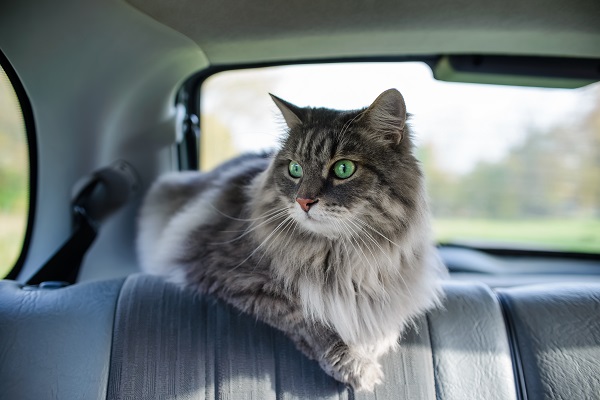
Even if your cat seems to prefer it, do not let him or her travel unrestrained in a car. It’s distracting to the driver and in the case of an accident, a cat can become a dangerous projectile. Werber also warns to ″never, ever leave your cat alone in a parked car.” Even in cooler temperatures, and even with the windows cracked, a car quickly becomes uncomfortable for a fur-wearing pet. It takes mere minutes for a cat to perish in a warm car. Leave your cat at home if you do not plan to bring him or her inside with you.
9. Choose a Cat-Friendly Vet
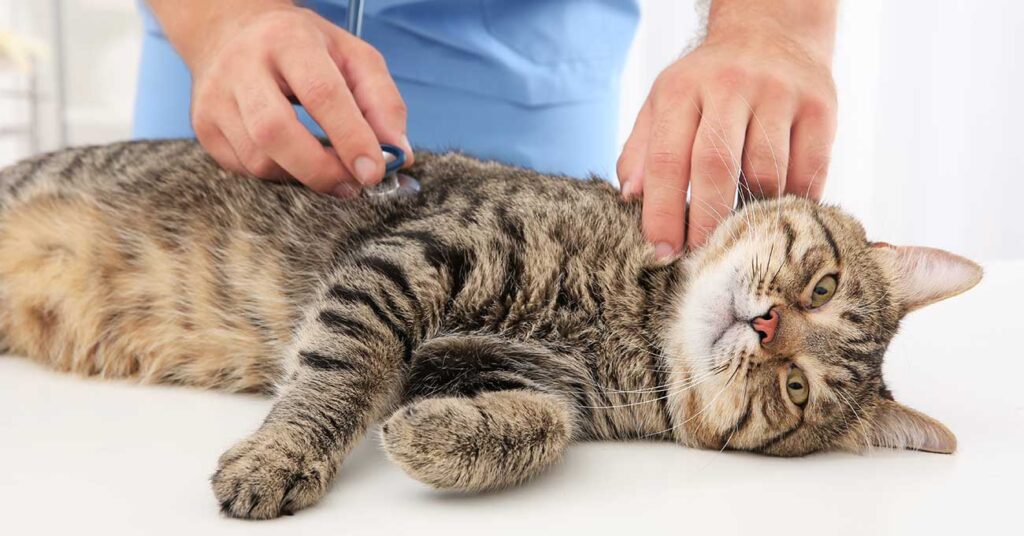
Some veterinary practices are dominated by a canine clientele, and that can be scary for a cat who has to spend a good chunk of time in the waiting room with dogs all around. ″Look for a vet who has separate waiting areas for cats and dogs,” says Werber. While that’s the ideal, not all practices have the space for that kind of accommodation. If your favorite vet doesn’t have two waiting rooms, at least ask to be called into the exam room quickly, Werber advises.
10. Let Them Show Off!
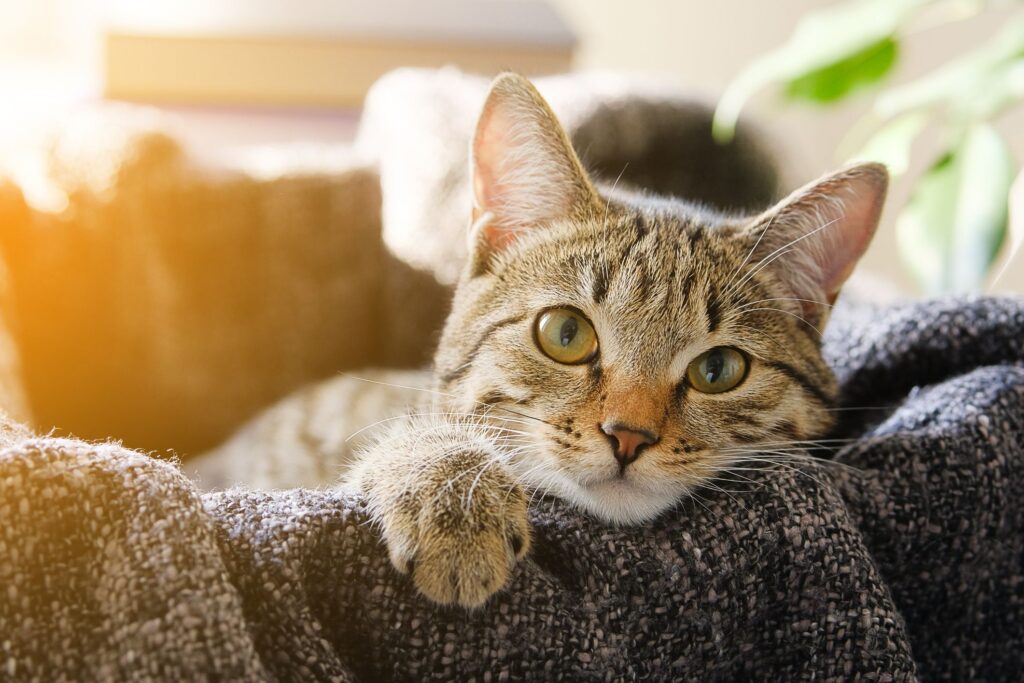
When a cat loves you, he or she wants to demonstrate it, sometimes by presenting you with the results of a successful hunt. Werber suggests accepting the gifts with grace (even when sort of gross—hello, partially chewed mouse!). Your pet will also show you love by head bumping, purring, or kneading you with his or her paws. Sit back and enjoy.



